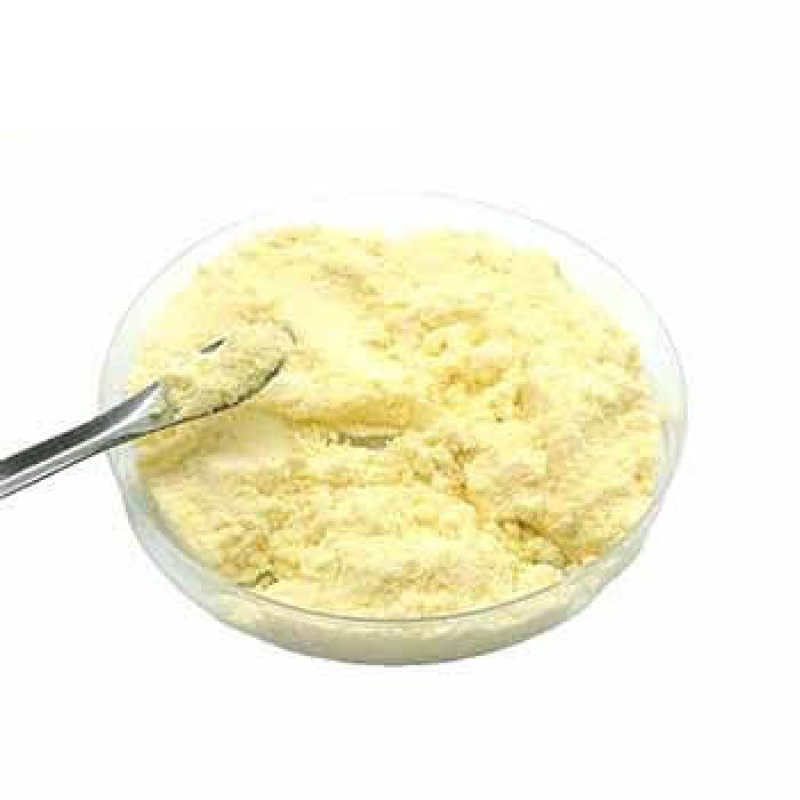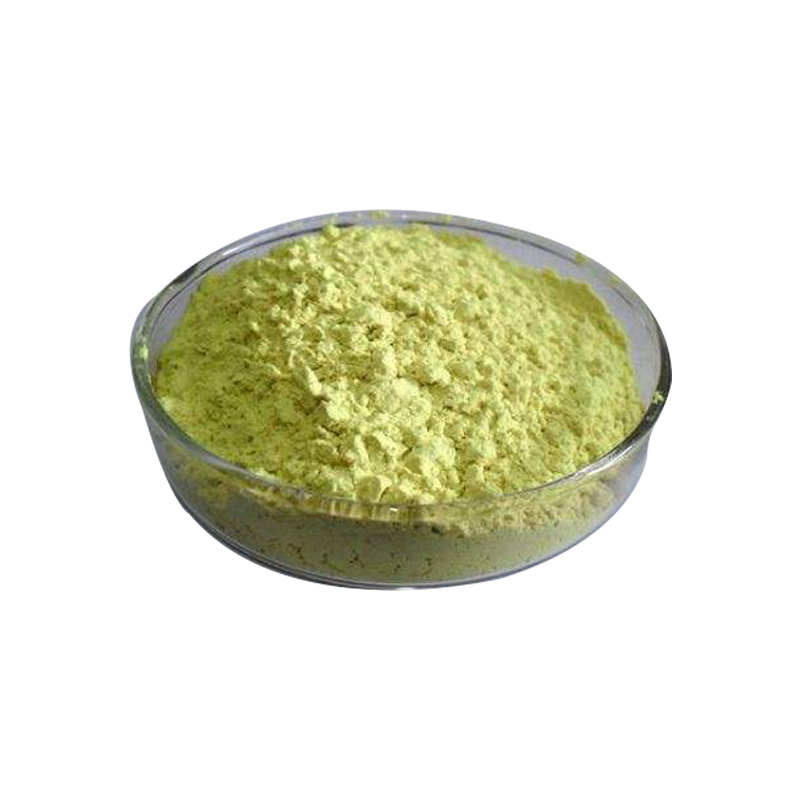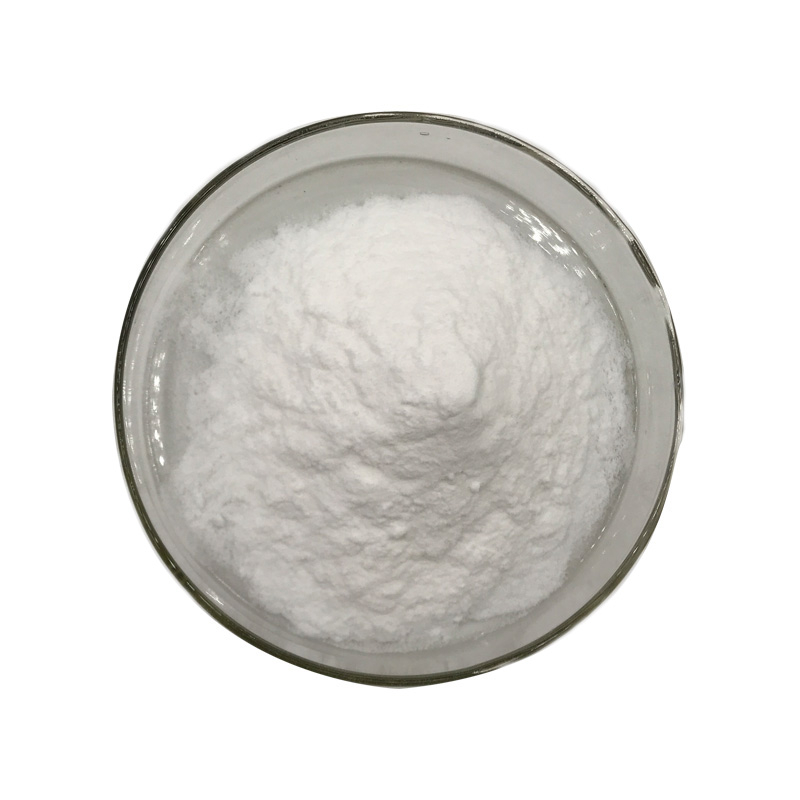Petrolatum CAS#8009-03-8Petrolatum (Vaseline) is the malthenes purified from lubrication oil, the combination of residue oil and cerate. It is an necessary lubricant for medicines, cosmetics, first-class chemical uncooked substances and precision instruments. In China, foremost vaseline merchandise encompass normal vaseline, industrial vaseline and clinical vaseline.
Contact Now
Products Description of Oleic acid CAS#112-80-1Insoluble in water, soluble in benzene, chloroform, miscible with methanol, ethanol, ether and carbon tetrachloride. Because it contains double bonds, it is easily oxidized by air, producing an unpleasant odor and turning yellow. When treated with nitrogen oxides, nitric acid, mercurous nitrate and sulfurous acid, it can be converted into oleic acid. When hydrogenated, it becomes stearic acid. The double bonds can easily react with halogens to form halogenated stearic acid.
Contact Now
Products Description of Glycolic acid CAS#79-14-1Glycolic acid, also known as glycolic acid and glycolic acid, is also an important organic synthesis intermediate and chemical product. It is widely used in organic synthesis, cleaning, electroplating, textile, leather, sterilization and other industries.
Contact Now
Products Description of Dehydroacetic acid CAS#520-45-6DHA is widely found in many deep-sea fish oils, as well as in marine algae and some terrestrial plants. DHA is an ω-3 type unsaturated fatty acid and an essential fatty acid for the body. mp44℃. It is very unstable to light, oxygen and heat, and is easily oxidized and cracked, so antioxidants should usually be added.
Contact Now
Products Description of Clavulanic acid CAS#58001-44-8Clavulanate Potassium, trade name potassium clavulanate, is an oxopenicillin β-lactamase inhibitor, which is a β-lactam ring and a hydrogenated isoxazole ring.
Contact Now
Formic Acid CAS#64-18-6Formic acid (HCO2H), additionally known as methanoic acid, is the easiest carboxylic acid. Formic acid was once first remoted through the distillation of ant our bodies and was once named after the Latin formica, which means “ant.” Its suitable IUPAC title is now methanoic acid.
Contact Now
Products Description of Trimesic acid CAS#554-95-0Trisproic acid is in the form of white to slightly yellow crystalline powder. Solubility: easily soluble in ethanol, soluble in ether, and soluble in 40 parts of water at 23°C.
Contact Now
Products Description of Benzenesulfinic Acid Sodium Salt CAS#873-55-2Benzenesulfinic Acid Sodium Salt is white crystal or white powder with a melting point of 300°C. It is stable at room temperature and pressure and avoids contact with oxides.
Contact Now
Products Description of Isonicotinic acid CAS#55-22-1Isonicotinic acid is also known as pyridine-4-carboxylic acid. White needle-shaped crystals. Odorless, can sublime. Molecular weight 123.11. Melting point 319℃. Slightly soluble in cold water, soluble in hot water, insoluble in alcohol, benzene, ether. It is an amphoteric compound, soluble in both acid and alkali. Soluble in hot water and ethanol, slightly soluble in cold water and ether.
Contact Now
Products Description of 3,5-Pyridinedicarboxylic acid CAS#499-81-03,5-Pyridinedicarboxylic Acid, English name 3,5-Pyridinedicarboxylic Acid, is a chemical substance with molecular formula: C7H5NO4.3,5-Pyridinedicarboxylic acid Chemical PropertiesMelting point >300 °C (lit.)Boiling point 295.67°C (rough estimate)density 1.5216 (rough estimate)refractive index 1.6280 (estimate)storage temp. Sealed in dry,Room Temperaturesolubility 1.0g/lform Powderpka2.8(at 25℃)color White to almost whiteWater Solubility insolubleBRN 131640InChIInChI=1S/C
Contact Now
Products Description of 1-Hydroxyethylidene-1,1-diphosphonic acid CAS#2809-21-4Hydroxyethylidene diphosphonic acid, also known as HEDP, is a diphosphate compound used in detergents, water purification processes, cosmetics and pharmaceutical production.
Contact Now
Industrial-grade acetic acid CAS#64-19-7Chemical Properties:Our Industrial-Grade Acetic Acid, a carboxylic acid with the molecular formula C2H4O2, boasts a melting point of 16.63°C and a boiling point of 117.9°C, making it a liquid at room temperature with a refractive index of 1.3716 and a density of 1.048. It is miscible with water and ethanol, forming a hydrophilic and polar protic solvent that dissolves in water and is widely used in industrial processes.Reactivity and Corrosion:Acetic acid is known to corrode certain metals such as magnesium, zinc, and iron, forming acetate salts.
Contact Now
Products Description of Citric Acid Monohydrate CAS#5949-29-1 Citric acid monohydrate is an organic compound with the chemical formula C6H10O8 and a molecular weight of 210.139.
Contact Now
Products Description of 1,3,5-Benzenetricarboxylic acid chlorideCAS#4422-95-1White powder1,3,5-Benzenetricarboxylic acid chloride Chemical PropertiesMelting point 32-38 °C (lit.)Boiling point 180 °C/16 mmHg (lit.)density 1.487 g/mL at 25 °C (lit.)refractive index 1.5945-1.5965Fp >230 °Fstorage temp. Store below +30°C.solubility decomposesform Liquidcolor Clear colorless to slightly yellowWater Solubility decomposesSensitive Moisture SensitiveBRN 2940936CAS DataBase Reference4422-95-1(CAS DataBase Reference)NIST Chemistry
Contact Now
Products Description of 1,3-bis(3-glycidoxypropyl)tetramethyldisiloxane CAS#126-80-7Colorless liquid1,3-bis(3-glycidoxypropyl)tetramethyldisiloxane Chemical PropertiesMelting point <0°CBoiling point 184 °C2 mm Hg(lit.)density 0.996 g/mL at 20 °C(lit.)refractive index n20/D 1.452Fp 110°CSpecific Gravity0.996Hydrolytic Sensitivity3: reacts with aqueous baseBRN 223966InChIInChI=1S/C16H34O5Si2/c1-22(2,9-5-7-17-11-15-13-19-15)21-23(3,4)10-6-8-18-12-16-14-20-16/h15-16H,5-14H2,1-4H3InChIKeyMFIBZDZRPYQXOM-UHFFFAOYSA-NSMILES[Si](C)(C)(
Contact Now
Products Description of Tannic acid CAS#1401-55-4Tannic acid, also known as tannic acid, is an organic compound with a chemical formula of C76H52O46. It is a yellow or brownish yellow powder. Its aqueous solution turns blue-black when it meets an iron salt solution. Adding sodium sulfite can delay the discoloration.In industry, tannic acid is widely used in tanning leather and making blue ink. Tannic acid can coagulate protein. People use tannic acid to chemically treat raw pig skin and raw cow skin, which can coagulate the soluble protein in the raw skin.
Contact Now
Products Description of Tannic acid CAS#1401-55-4This product is a light yellow to light brown powder with a special odor and an extremely astringent taste; soluble in 1 part of water or ethanol, soluble in acetone, and insoluble in chloroform or ether.Tannic acid Chemical PropertiesMelting point 218 °C (lit.)Boiling point 862.78°C (rough estimate)density 1.2965 (rough estimate)refractive index 1.7040 (estimate)FEMA 3042 | TANNIC ACID (QUERCUS SPP.)Fp 198°Cstorage temp. Storage temperature: no restrictions.solubility ethanol: soluble100mg/mL, yellow
Contact Now
1,4-Benzenedicarboxylic Acid, Compds. With Polyisobutenyl Succinic Anhydride-Tetraethylenepentamine Reaction Products CAS:68909-40-0Good dispersibility: It can be effectively dispersed in various solvents and matrices, which helps to improve the uniformity and stability of the product. Excellent thermal stability: It can maintain its stable performance at higher temperatures and is suitable for some high-temperature application scenarios.
Contact Now
Products Description of (1S)-(+)-Camphor-10-sulphonic acid CAS#3144-16-9Optically active left- and right-handed camphorsulfonic acid is an important resolving agent for chiral isomer drugs.
Contact Now
Products Description of Sulfamic acid CAS#5329-14-6Aminosulfonic acid is a colorless, odorless and non-toxic solid strong acid. Its aqueous solution has the same strong acid properties as hydrochloric acid, sulfuric acid, etc., but its corrosiveness to metals is much lower than that of hydrochloric acid, etc. It is extremely toxic to the human body, but it cannot be in contact with the skin for a long time, let alone enter the eyes.Due to its strong acid properties, it is also called solid sulfuric acid.
Contact Now
Products Description of Aminobutyric Acid CAS#56-12-2It is used in biochemical research and medicinally to treat various diseases caused by hepatic coma and cerebrovascular disorders. Pharmaceutical intermediates. 4-Aminobutyric acid has the effect of lowering blood lipids and is suitable for the treatment and prevention of various types of hepatic coma. It can treat poliomyelitis, cerebral hemorrhage, and can be used as an antidote for gas poisoning. Also used in biochemical research and organic synthesis. It can reduce blood ammonia and promote brain metabolism.
Contact Now
Products Description of Oxalic Acid CAS#144-62-7Oxalic acid is an organic substance with the chemical formula H₂C₂O₄. It is a metabolite of organisms, a medium-strong acid, widely distributed in plants, animals and fungi, and plays different functions in different organisms. Studies have found that more than 100 plants are rich in oxalic acid, especially spinach, amaranth, beet, purslane, taro, sweet potato and rhubarb.
Contact Now
Products Description of 2,5-Furandicarboxylic acid CAS#3238-40-22,5-Furandicarboxylic acid is a derivative of furan. This organic compound was first obtained by Fittig and Heinzelmann in 1876. 2,5-Furandicarboxylic acid is a chemical intermediate with strong sensitivity and good stability. It is soluble in water under alkaline conditions and is a white powdery solid under acidic conditions. It is an important monomer for the preparation of corrosion-resistant plastics.
Contact Now
Products Description of Metatitanic acid CAS#12026-28-7Titanic acid is an intermediate product of the sulfuric acid method for producing titanium dioxide.
Contact Now
































